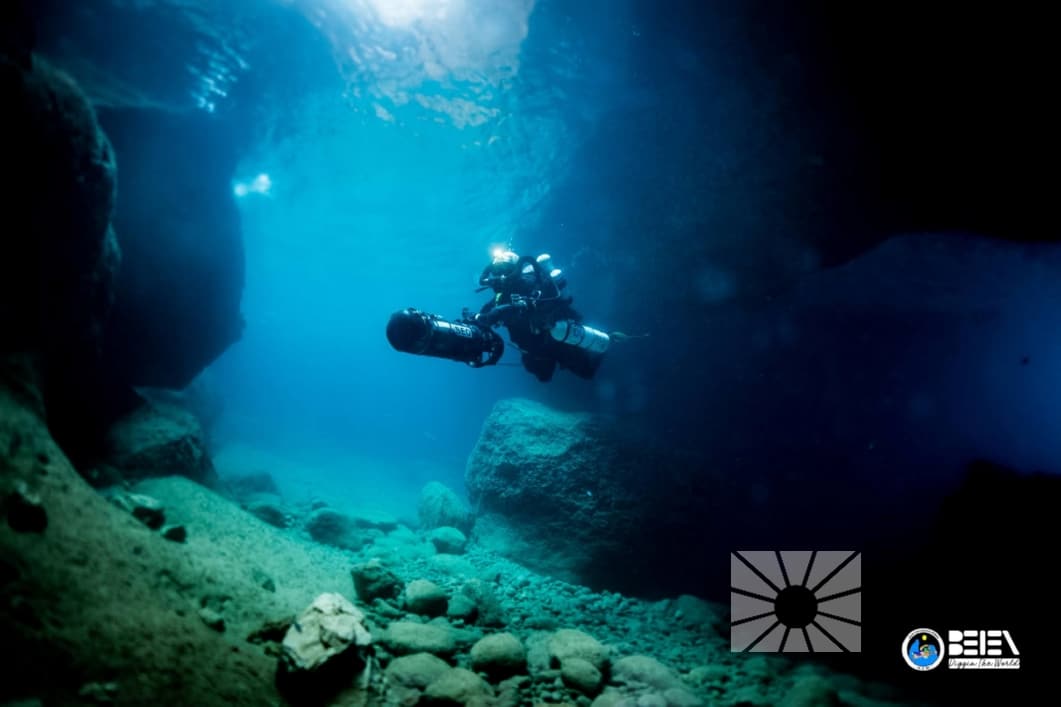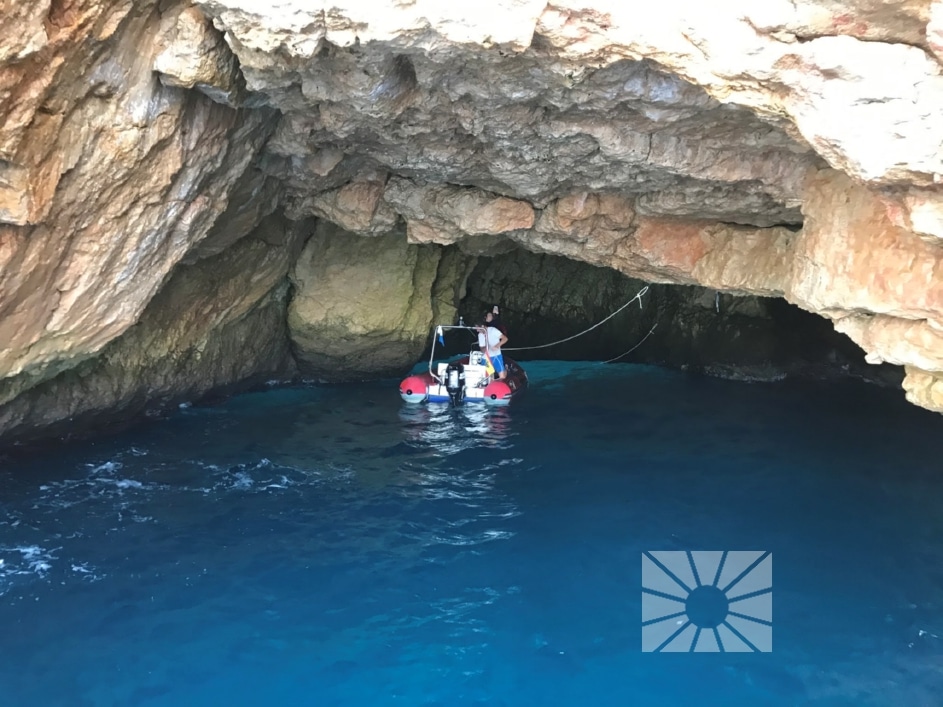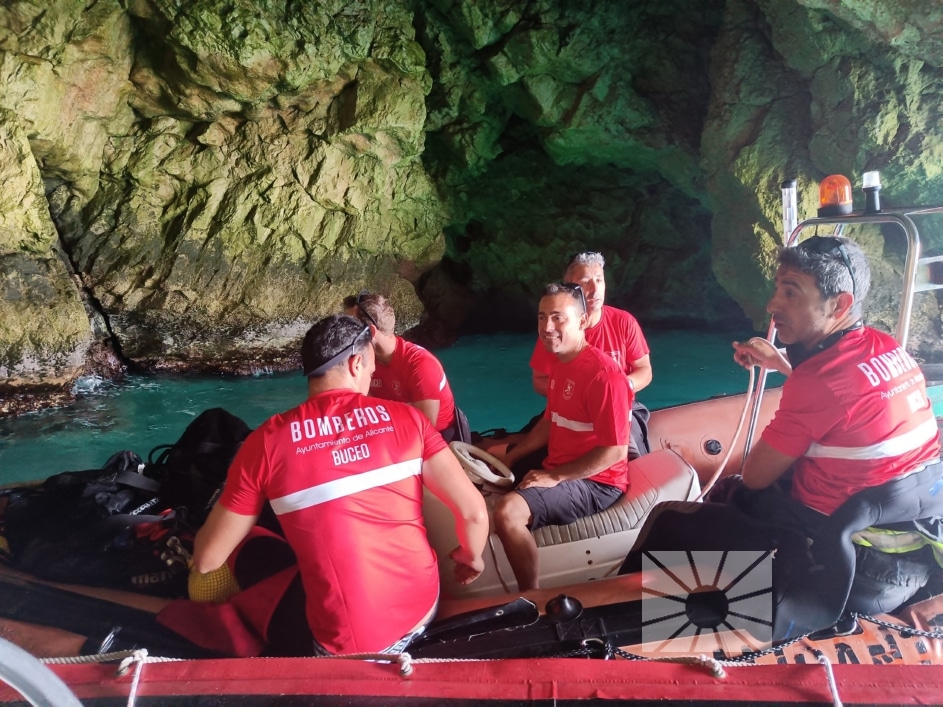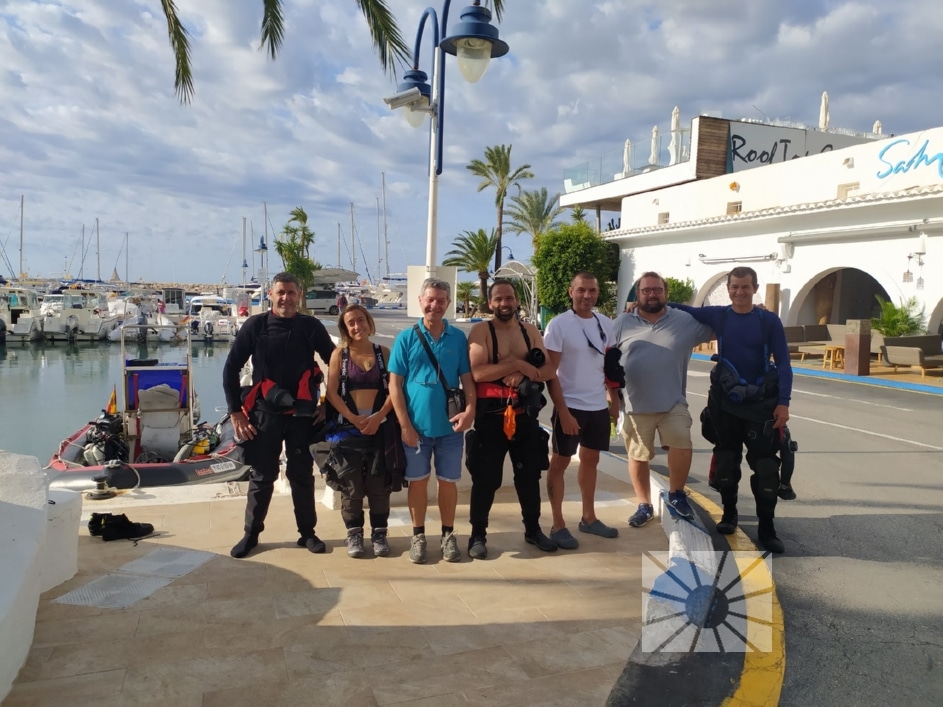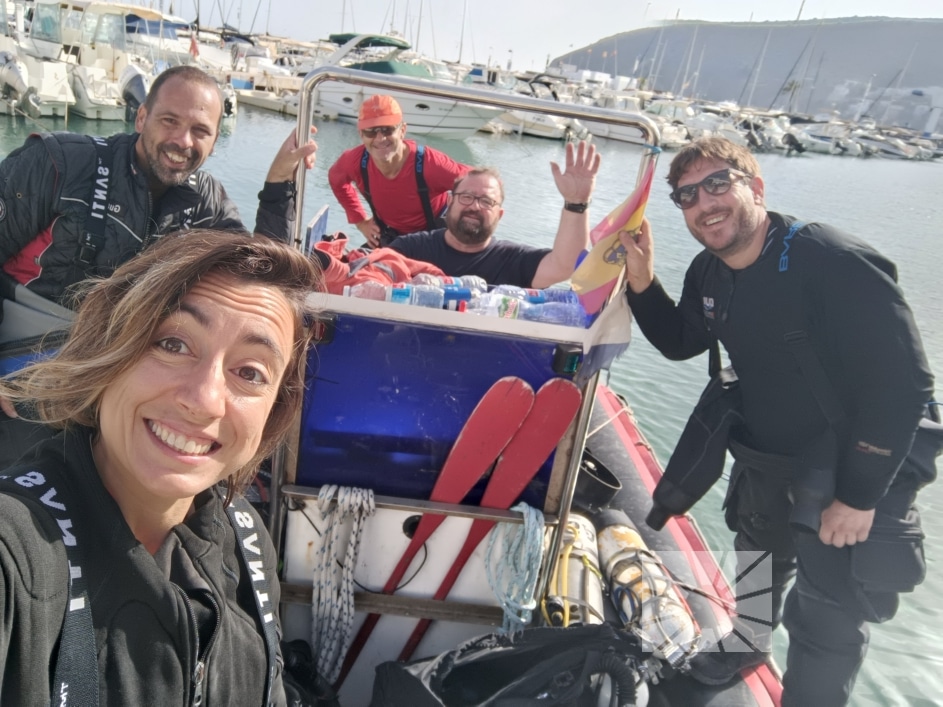In Poble Nou de Benitatxell we find wonderful and unknown places, natural paradises of immense beauty, such as the Riu del Moraig or Riu Blanc, an underwater river of fresh and salt water unique in the world made up of numerous sinkholes and galleries.
Few people have ventured into this unknown cavity in the very bowels of the earth. However, since last month and thanks to the Moraig Exploration Group (GEM), formed by divers Eliseo Belzunce, Carles Ramoneda, Joel Borrazas, Guaica Armisén, Jonathan Alcántara, Vicente Gil, Belén Andrés, José María Cortés, Josi Olave, Sasha Karnilovich, Óscar Dolcet, Emanuel Ávila, Albert Pete and other expert geologists, oceanographers, marine biologists, etc. who collaborate in their studies, we know a little more about this gift of nature.
Since 2013, this group of cavers from all over Spain has taken on the challenge of diving into its depths, and has managed to go where no one has gone before. Others tried before to complete the studies carried out by José María Cortés or the German Bernhard Pack, who died in 1992 during a dive in the Moraig. They reached a distance of 1,125 metres in this complex grotto and, later, a group of English researchers reached 1,350 metres.
- Image courtesy of. Poble Nou de Benitatxell Town Council
- Image courtesy of. Poble Nou de Benitatxell Town Council
- Image courtesy of. Poble Nou de Benitatxell Town Council
- Image courtesy of. Poble Nou de Benitatxell Town Council
But the GEM has managed to double that figure and reach a distance of 2,500 metres and a depth of 100 metres. And not only that. Although the furthest end is 2,500 metres, in total, if you add up the distances of all the secondary galleries, the cave now has 6,000 metres of known development, while the last map developed by Bernhard Pack was about 2,500 metres, says Eliseo Belzunce, one of the group’s divers.
The professionalism of the explorers and the technical advances, which are many compared to what they were in the 1990s, have contributed to this progress. The Moraig Exploration Group has equipment that allows it to stay underwater much longer and does not emit bubbles, much more powerful lighting and faster tugboats with more autonomy. “It all adds up and means that things that seemed unthinkable before can now be done more easily”.
That’s for sure. The risk is always there. “You are out of your environment and any small mistake can cause an accident. However, we are a team with a lot of training, preparation and technique, and the problems we can have underwater are foreseeable problems”.
The last time they were in the cave was last January 2023. “We went because it hadn’t rained since the end of November and we thought the visibility conditions were going to be very good”. Surprisingly, it wasn’t, so they went about equally important tasks, such as passing the scooter to get the map out of a secondary gallery.
Now, after all the exploration work, they hope to soon be able to publish a map with the latest advances made to date. “We are taking volumes out of the cave and taking data on bearings, distances, depths, etc. to be able to produce it. And it will be the most complete and developed map of this sea cave. The one of the places never explored in the Riu del Moraig.
We will continue to keep you informed of the progress and discoveries of the Moraig Exploration Group (GEM).
Press release: Ayto Poble Nou de Benitatxell
This post is also available in: EspañolFrançaisNederlands

